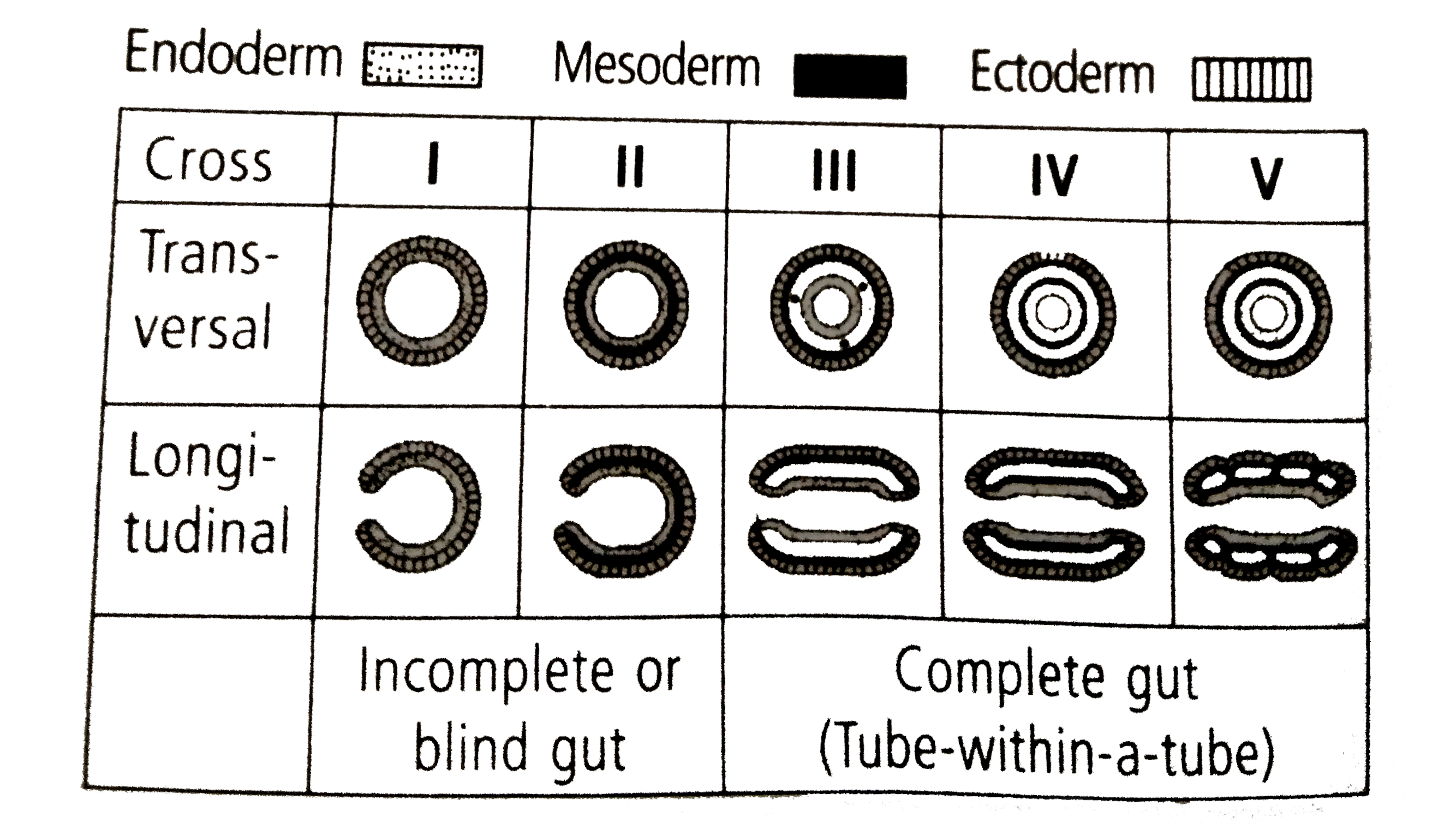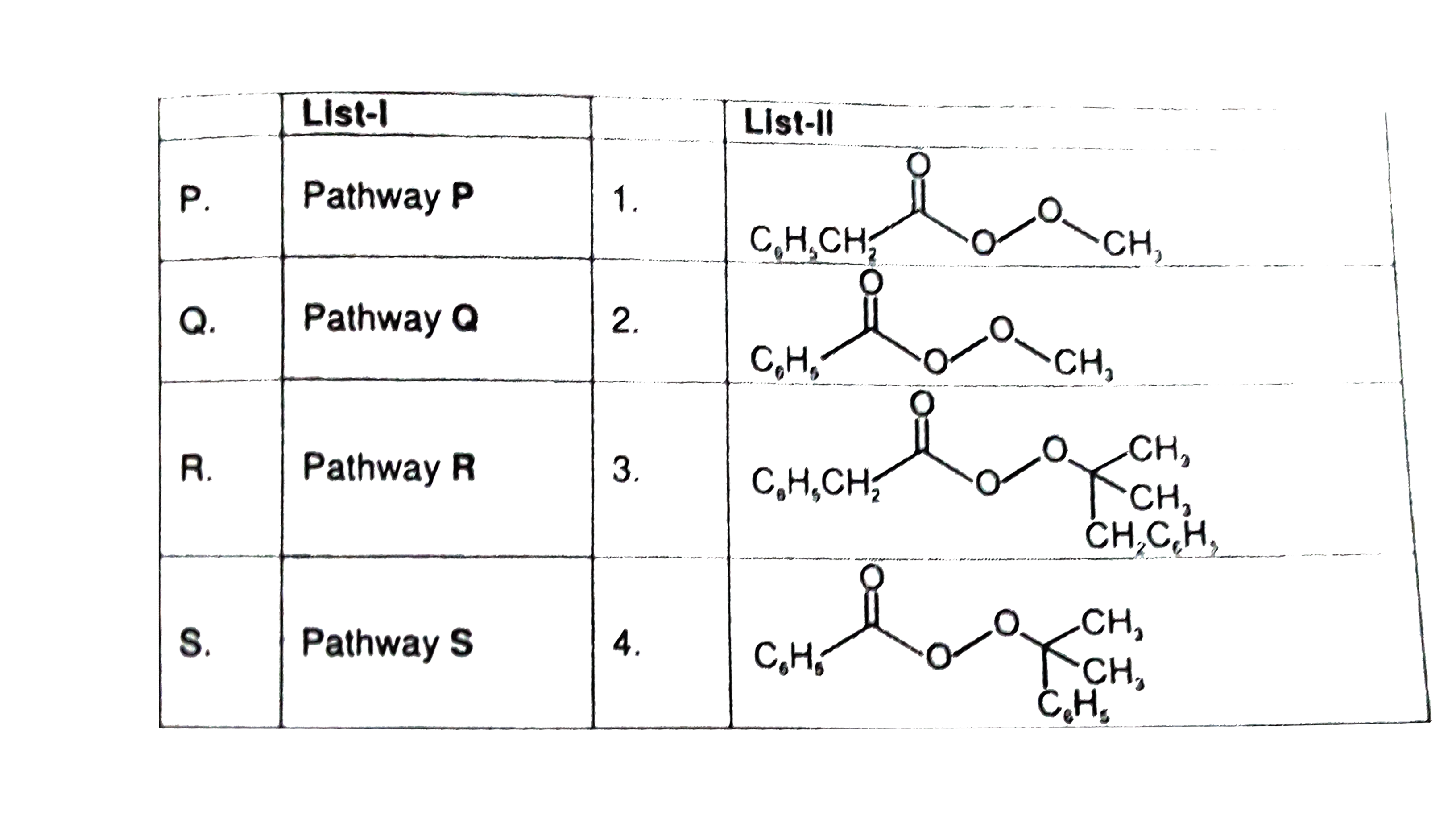The following compounds are intermediates in the pathway of photorespiration-
I. phosphoglycolate-
II. Serine-
III. Glyoxylate-
IV. Glycine-
The correct sequence of their appearance in the pathway is
I, II, III, IV
I, III, IV, II
II I, III, IV
II, I, IV, III
The correct Answer is:B
To determine the correct sequence of the compounds in the pathway of photorespiration, we need to understand the order in which these intermediates appear during the process. Here’s a step-by-step breakdown:
Step 1: Identify the Starting Compound
The photorespiration process begins with the fixation of oxygen by ribulose-1,5-bisphosphate (RuBP) in the chloroplast. This reaction produces the first intermediate, which is phosphoglycolate.
Step 2: Conversion of Phosphoglycolate
Phosphoglycolate (a 2-carbon compound) is then converted into glycolate by the release of inorganic phosphate. This step occurs in the chloroplast.
Step 3: Formation of Glyoxylate
The glycolate is transported to the peroxisome, where it undergoes further conversion to form glyoxylate. This is still a 2-carbon compound.
Step 4: Conversion to Glycine
Next, glyoxylate is converted into glycine (also a 2-carbon compound) in the mitochondria.
Step 5: Formation of Serine
Finally, glycine is converted into serine, which is a 3-carbon compound. This step also occurs in the mitochondria and releases one molecule of carbon dioxide.
Summary of Sequence
Thus, the correct sequence of the intermediates in the pathway of photorespiration is:
1. Phosphoglycolate
2. Glyoxylate
3. Glycine
4. Serine
Final Answer
The correct sequence of their appearance in the pathway is:
I. Phosphoglycolate → III. Glyoxylate → IV. Glycine → II. Serine
The photorespiration process begins with the fixation of oxygen by ribulose-1,5-bisphosphate (RuBP) in the chloroplast. This reaction produces the first intermediate, which is phosphoglycolate.
Phosphoglycolate (a 2-carbon compound) is then converted into glycolate by the release of inorganic phosphate. This step occurs in the chloroplast.
The glycolate is transported to the peroxisome, where it undergoes further conversion to form glyoxylate. This is still a 2-carbon compound.
Next, glyoxylate is converted into glycine (also a 2-carbon compound) in the mitochondria.
Finally, glycine is converted into serine, which is a 3-carbon compound. This step also occurs in the mitochondria and releases one molecule of carbon dioxide.
Thus, the correct sequence of the intermediates in the pathway of photorespiration is:
1. Phosphoglycolate
2. Glyoxylate
3. Glycine
4. Serine
The correct sequence of their appearance in the pathway is:
I. Phosphoglycolate → III. Glyoxylate → IV. Glycine → II. Serine
Topper's Solved these Questions
Similar Questions
Consider the following enzymes of glycolytic pathway
1. Glyceraldehyde-3 phosphate dehydrogenase
2. Enolase
3. Pyruvate kinase
4. Phosphoglycerate kinase
The correct order in which they appear in the pathway is
View SolutionConsider the following compounds:-
1. Phosphoenol pyruvate-
2. Malic acid-
3. Pyruvic acid-
4. Oxaloacetic acid-
What is the correct sequence of these intermediate compounds as they form in C4 dicarboxylic acid pathway flowing the PEP-carboxylation reaction?
View Solution
Knowledge Check
Observe the following diagrams of invertebrates embryos illustrating the characteristics of the body plan.
Reference

Select the correct sequence which corresponds to the phyla represented with I, II, III, IV and V.A I II III IV VCnidariaPlatyhelminthesAnnelidaNematodaArthropodaB I II III IV VCnidariaPlatyhelminthesNematodaArthropodaAnnelidaC I II III IV VNematodaArthropodaPlatyhrlminthesCnidariaAnnelidaD I II III IV VAnnelidaCnidariaArthropodaPlatyhrlminthesNematodaRepressible operon system is usually found in (i)____ pathways. The pathway's end product serves as a (ii) ______ to activate the repressor, turn off enzyme synthesis and prevent overproduction of the end product of the pathway. Genes for this operon are usually switched (iii)_____ and the repressor is synthesised in an (iv)_____ .
A(i)(ii)(iii)(iv)anaboliccorepressoroninactiveB(i)(ii)(iii)(iv)anabolicinduceroffactiveC(i)(ii)(iii)(iv)catabolicinduceroffactiveD(i)(ii)(iii)(iv)cataboliccorepressoroninactive
Arrange the following compounds in the decreasing order of acidic character.
I. Butane ,II. but−1−ene
III. But−1− yne IV. Butan −1−ol
View Solution(i) Thin thread like chromosomes with a beaded appearance
(ii) Appearance of recombination nodules
(iii) Formation of bivalents/tetrads
(iv) Terminalisation of chiasmata
(v) Appearance of chiasmata
Arrange the given statements in the correct sequence of their occurrence during prophase I.
View SolutionWhich of the following taxa shows zooidogamous oogamy
(I) Spirogyra (II) Funaria
(III) Pteris (IV) Cycas
The correct answer is
View SolutionFrom the following, Identify the statements that are correct regarding tRNA.
I. Hydrogen bonds between bases temporarily hold tRNA against mRNA.
II. The base sequences in the tRNA molecules are the same as the base sequences in the mRNA that is being translated.
III. The specificity of the tRNA moleucle for glycine and the specificity of the enzyme that loads glycine are both necessary for correct loading.
View SolutionDifferent possible thermal decomposition pathways for peroxyesters are shown below. Match each pathway from List-I with an appropriate structure from List II and select the correct answer using the code given below the lists.

View SolutionThe correct order of increasing thermal stability of the given compound is
I. HF
II. HBr
III. HCl
IV. HI
View Solution
